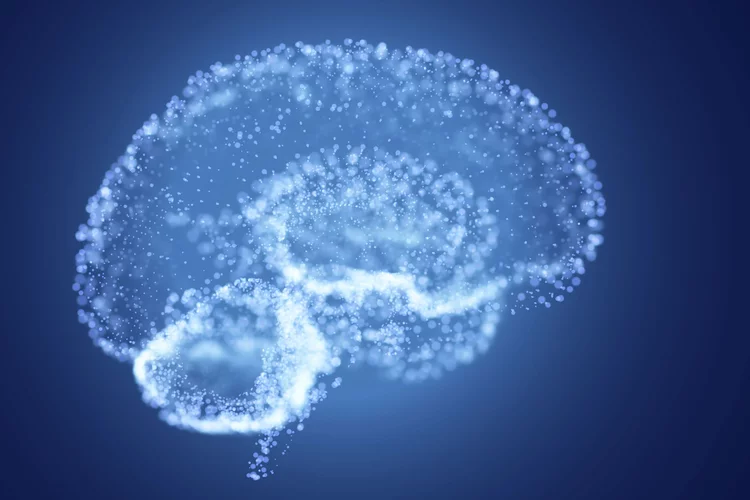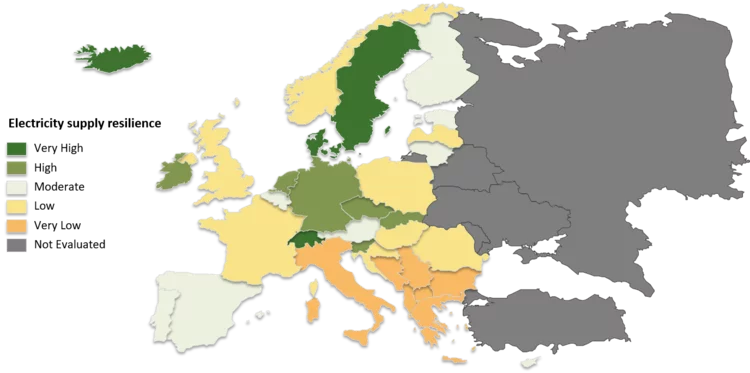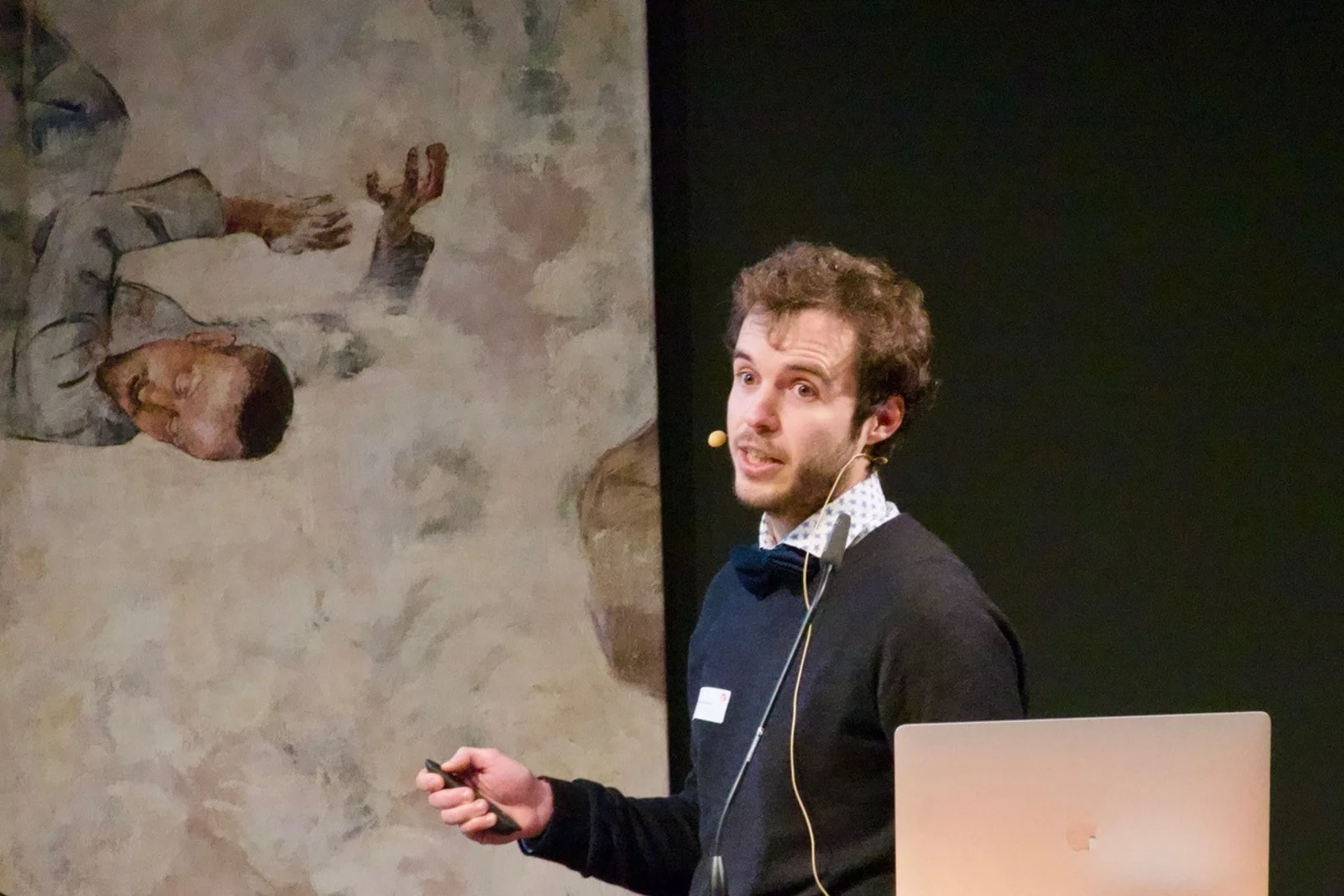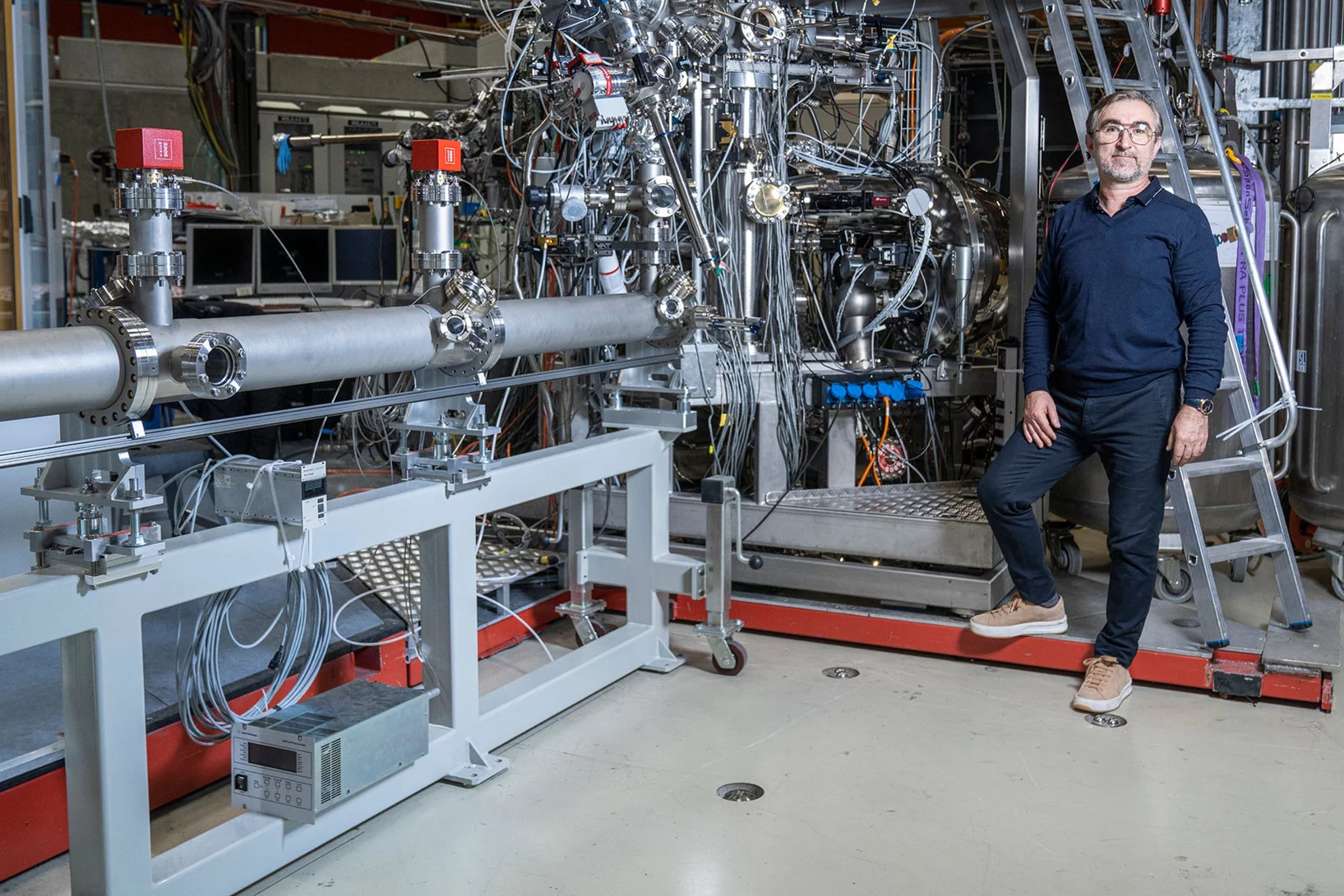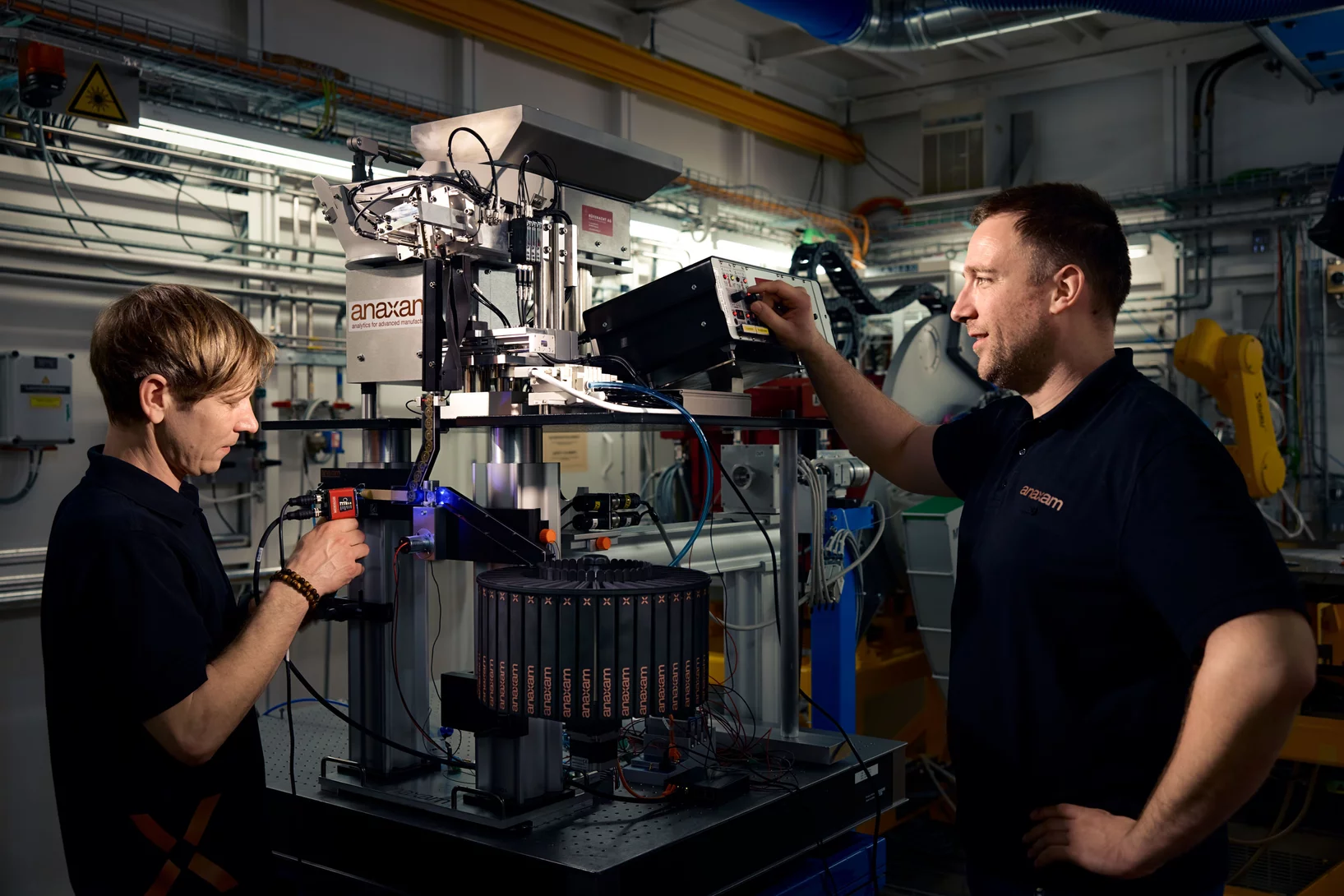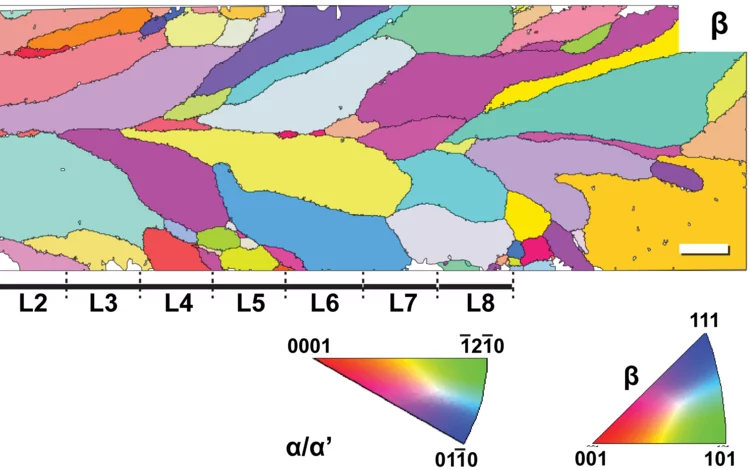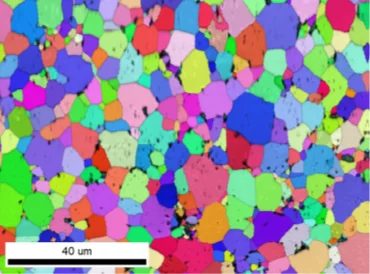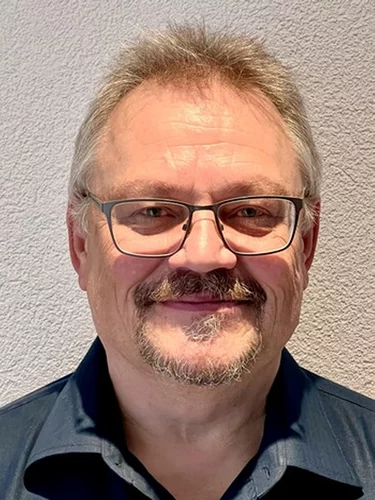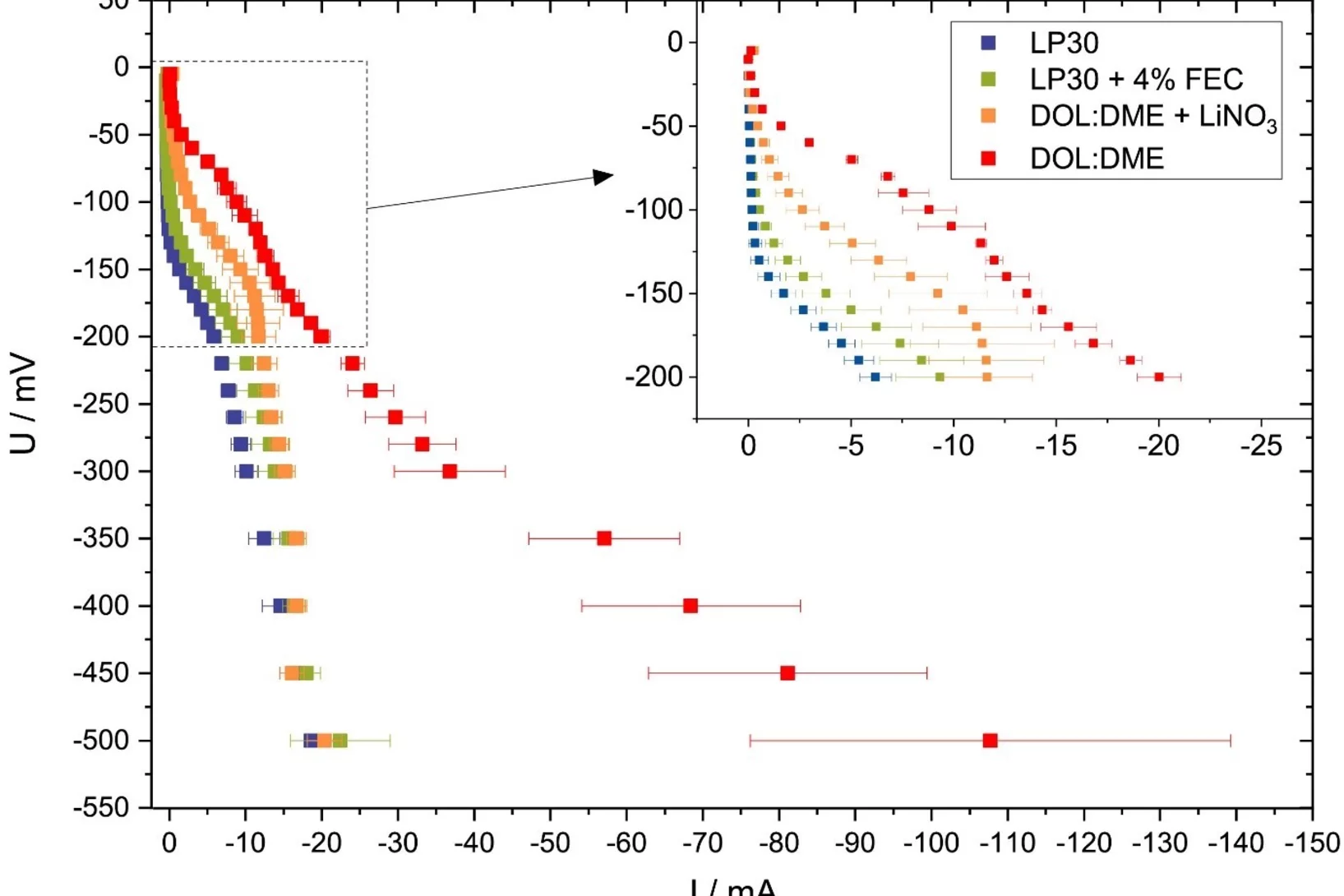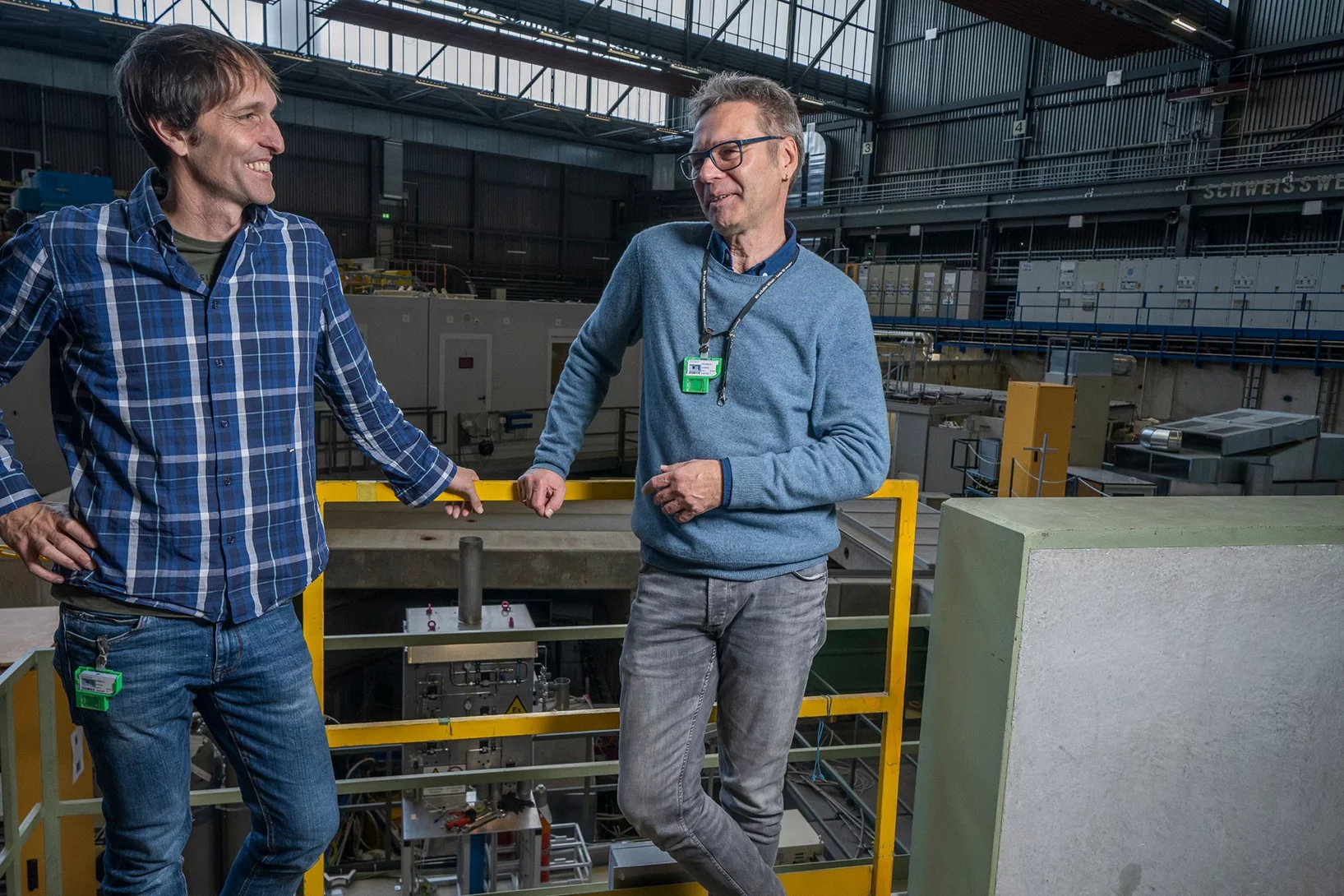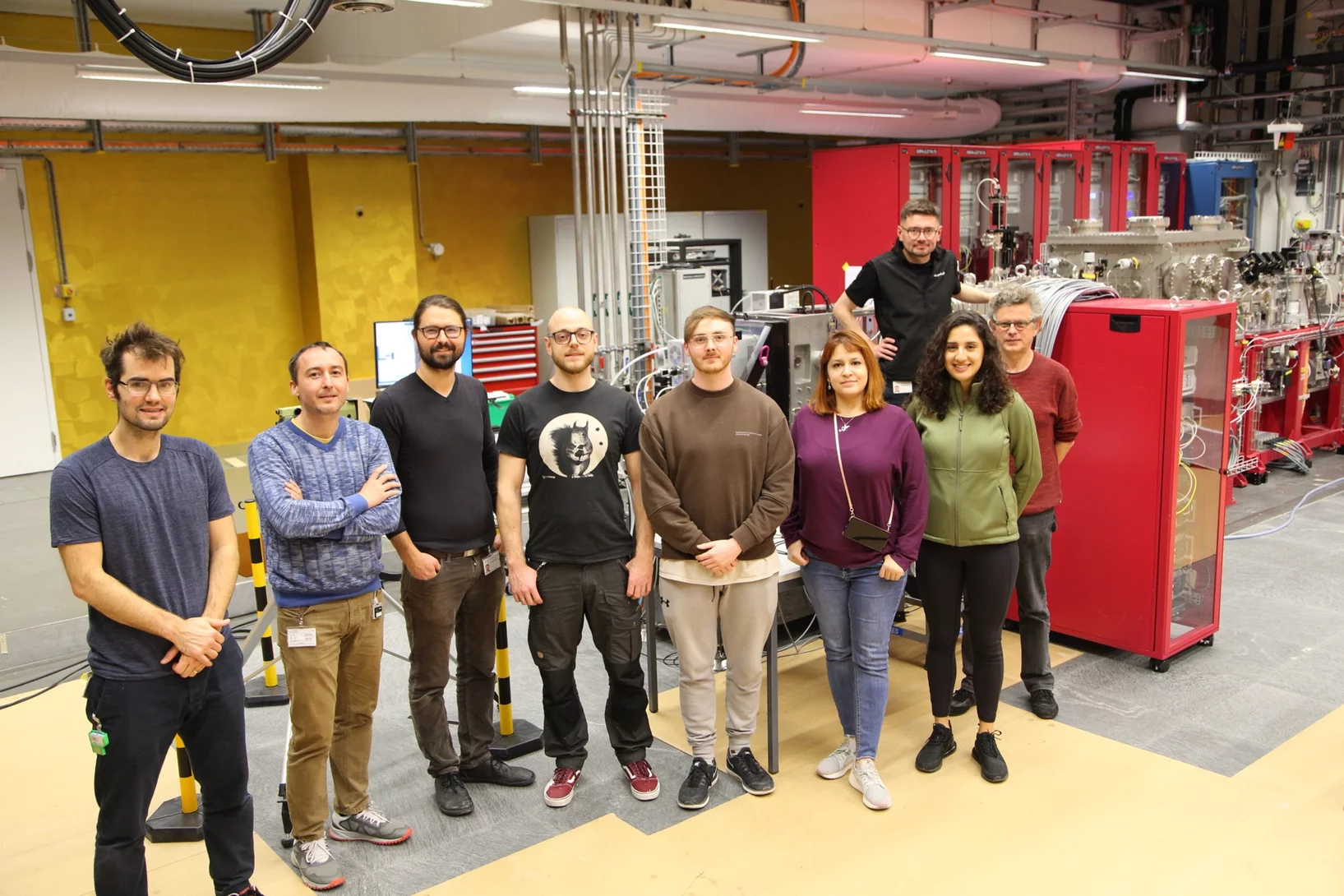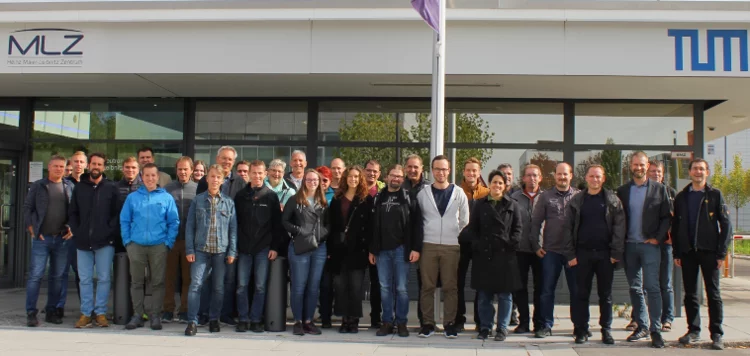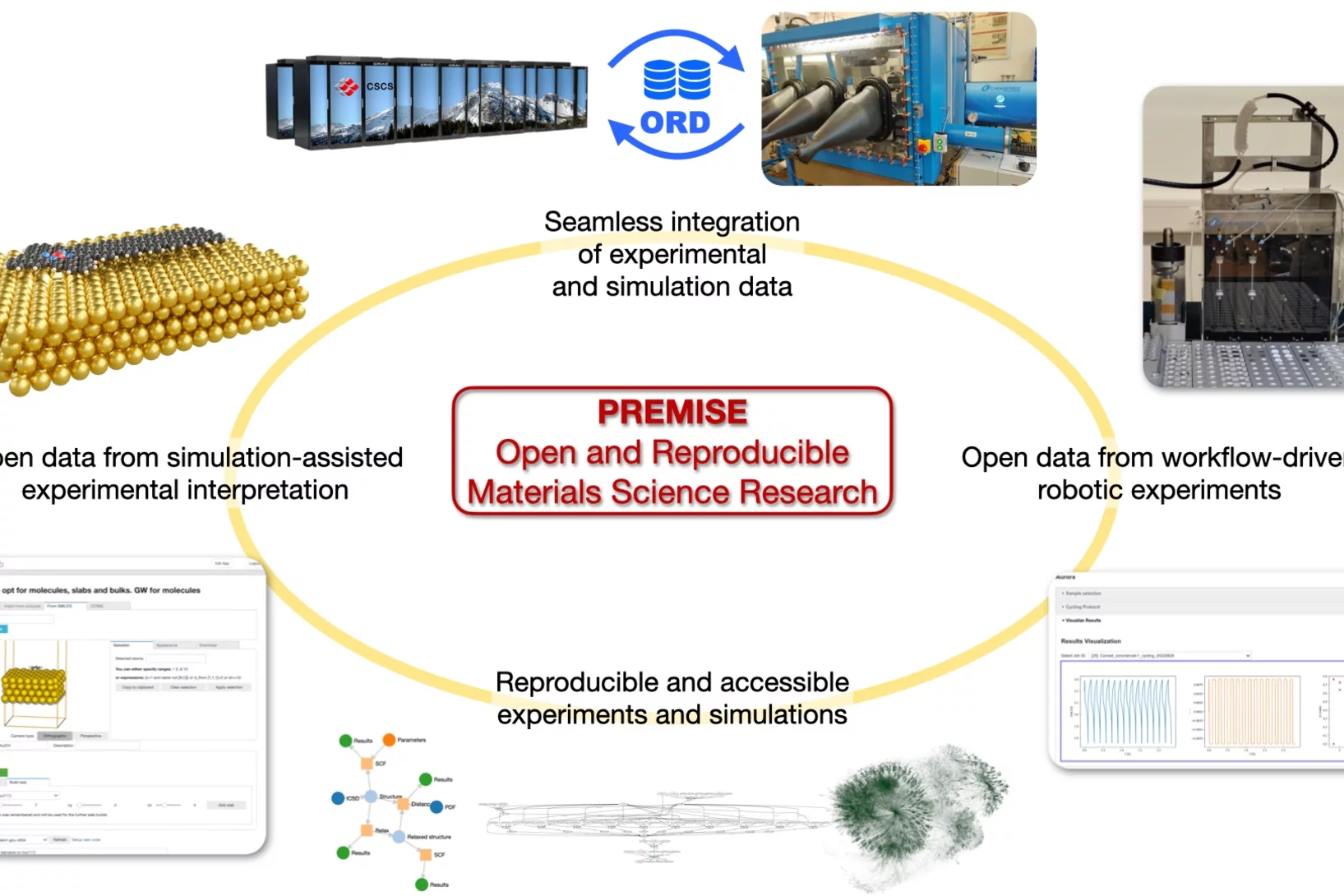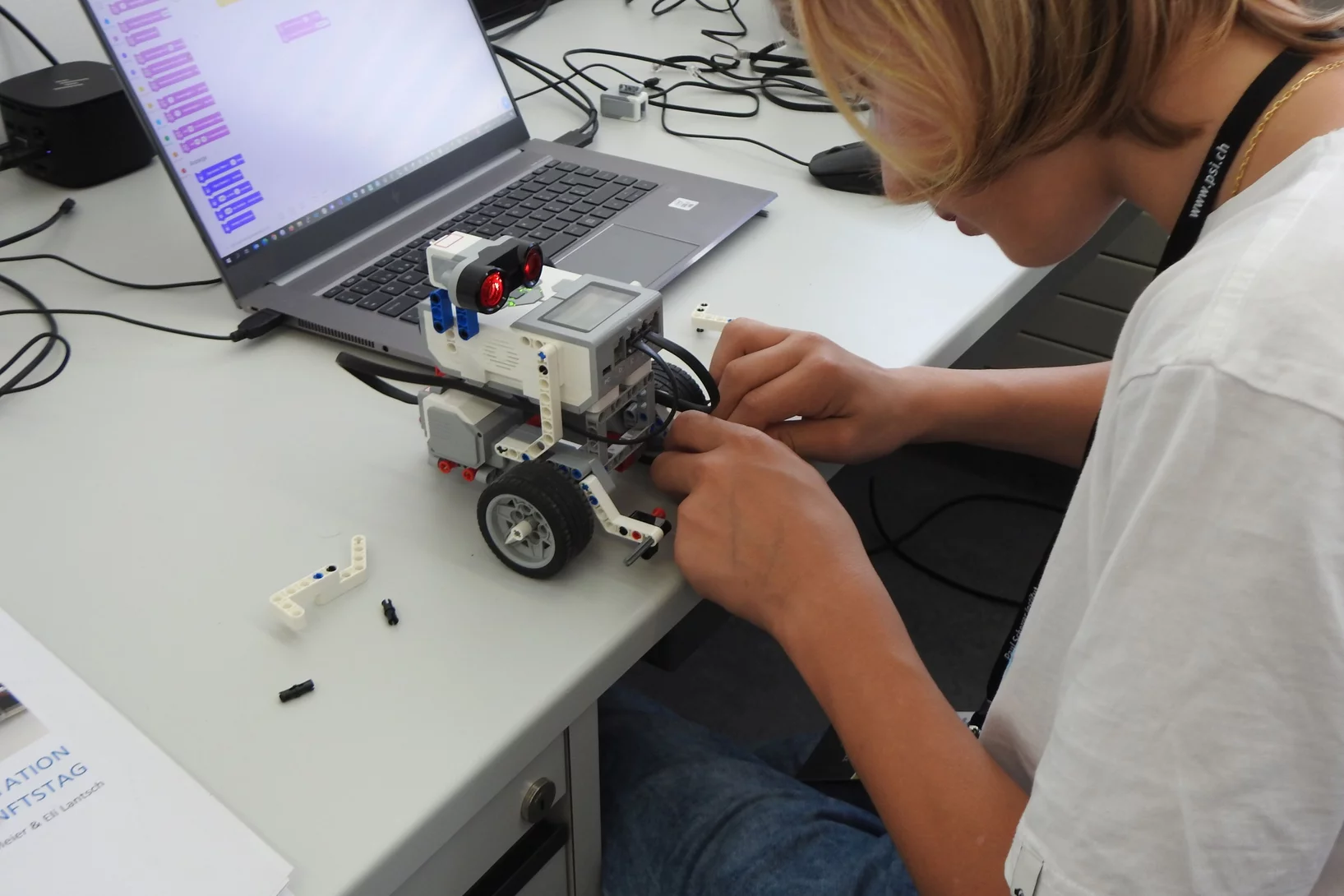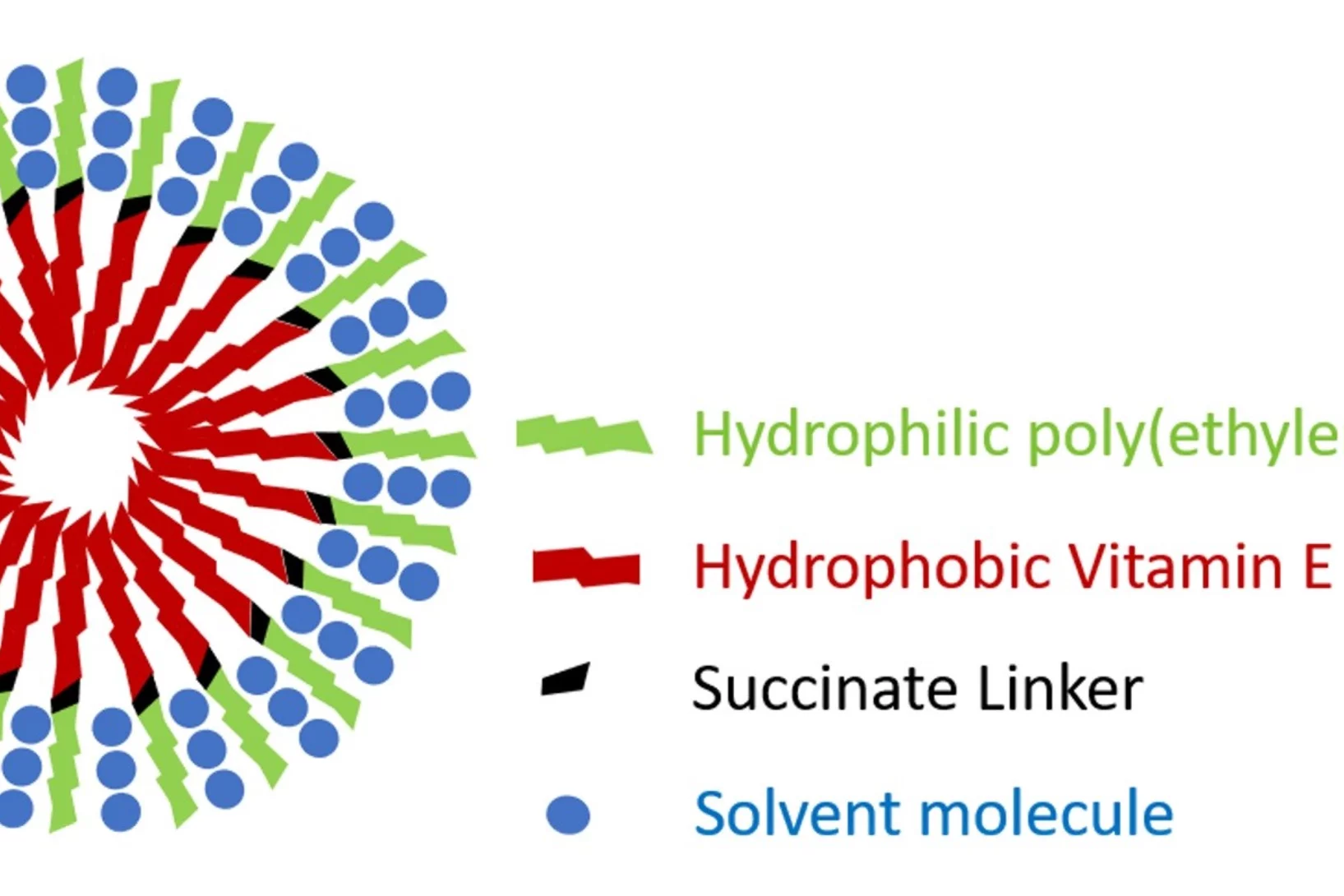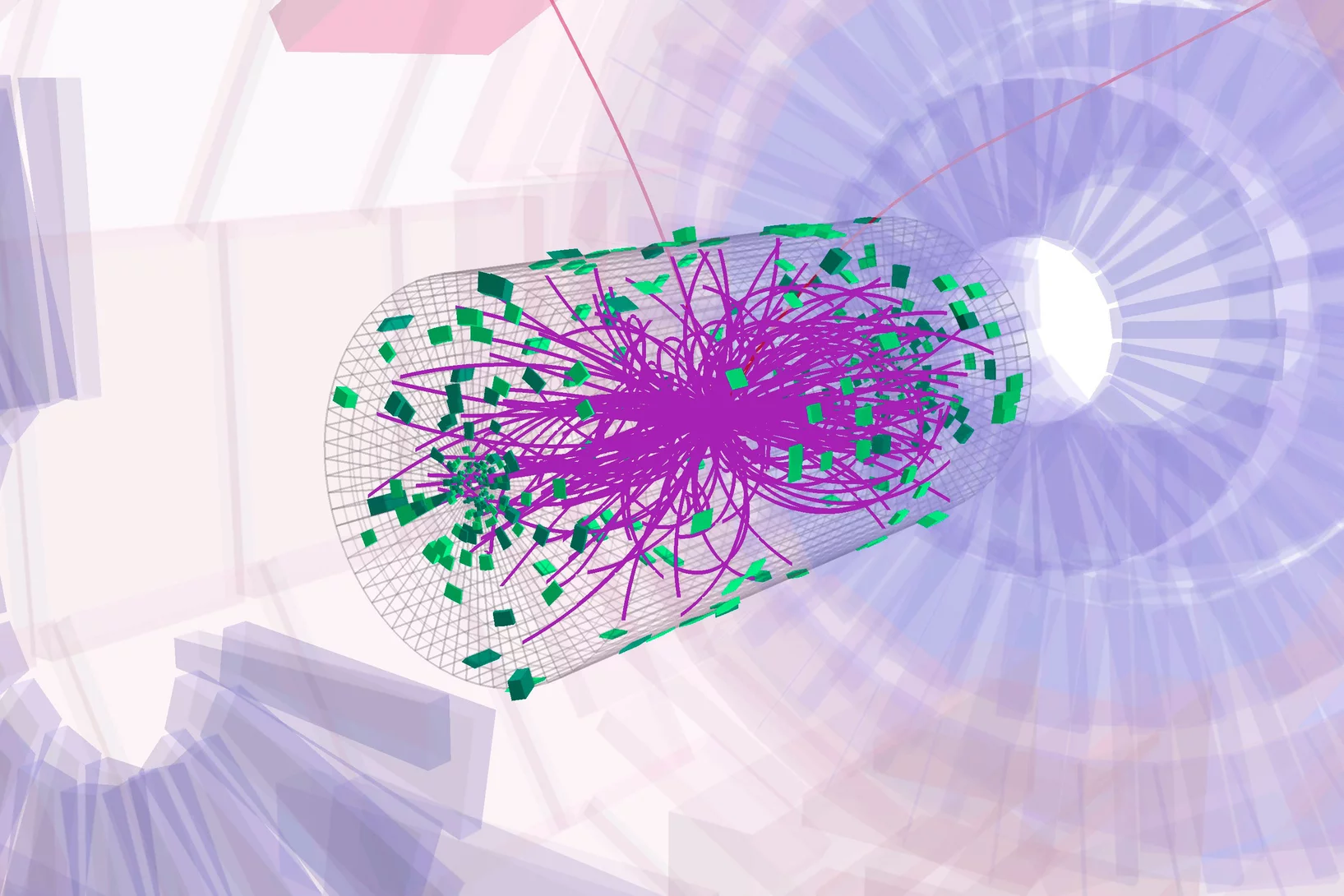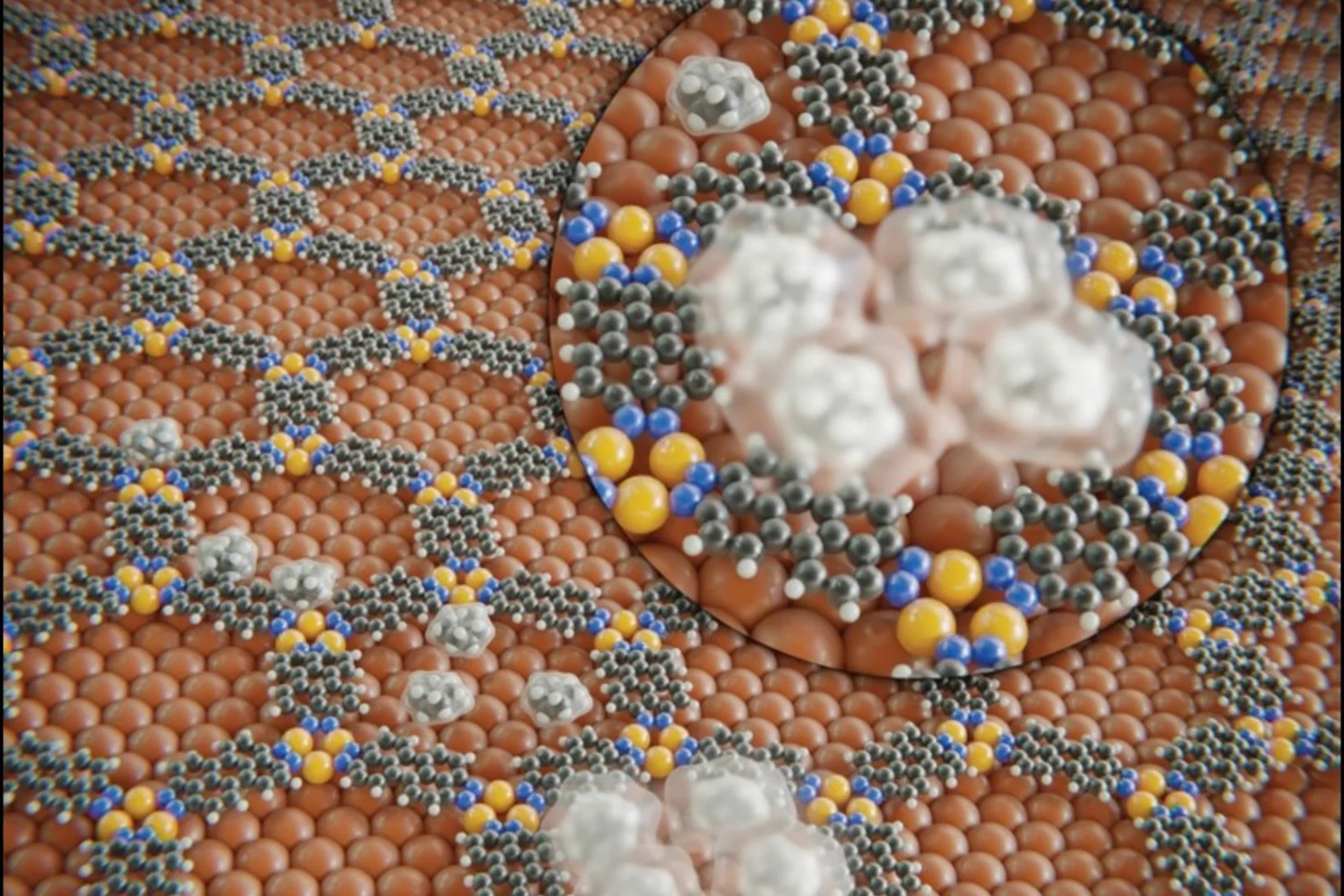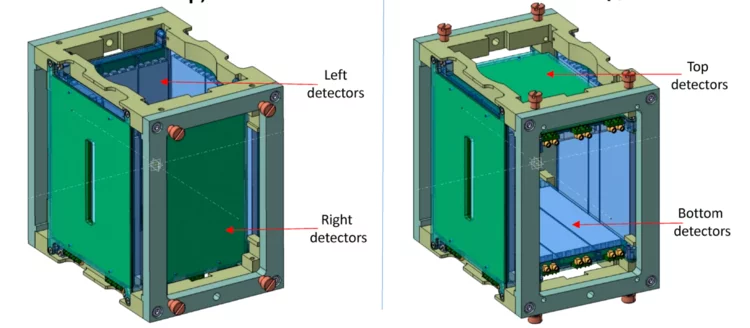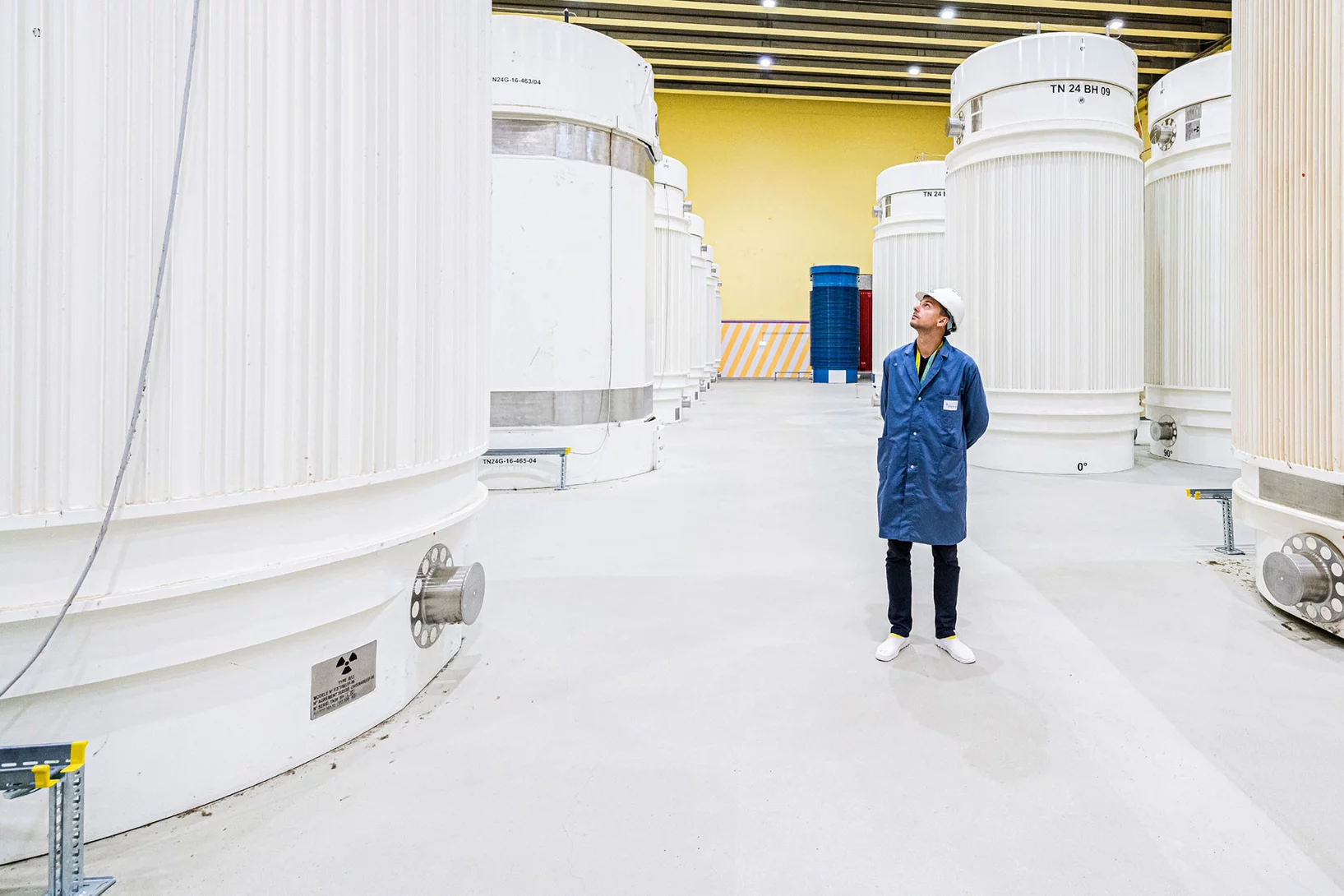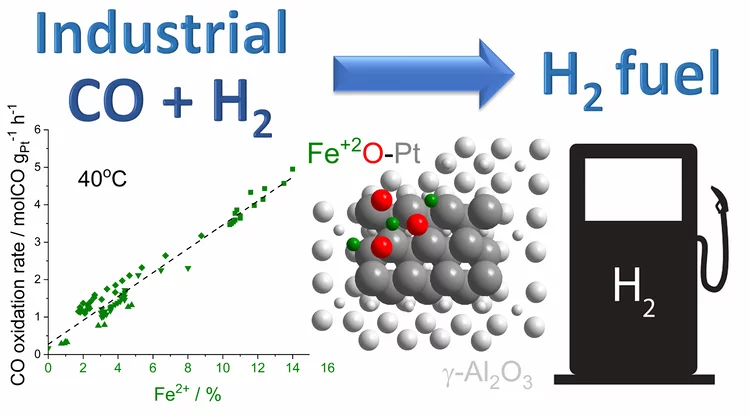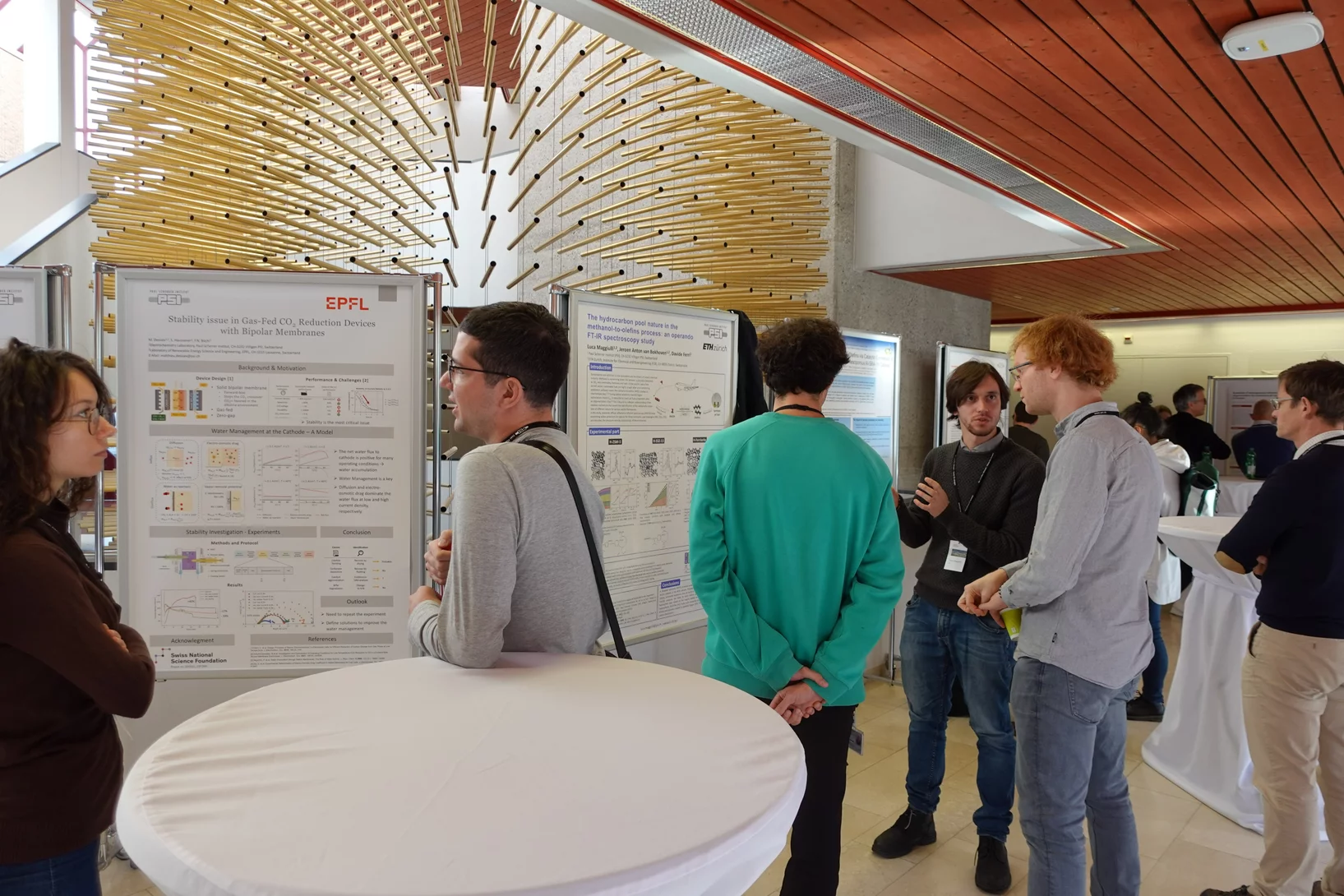Shifting away from nuclear energy, expanding solar and wind power, generating energy from biomass, reducing energy consumption. Switzerland is committed to becoming climate-neutral by 2050. An ambitious goal, which has become more urgent than ever due to the increasingly challenging geopolitical situation. How can a sustainable and resilient energy supply for Switzerland be established over the coming years? What's the optimal way to use renewable energy sources? What new technologies are especially promising? At PSI, researchers are seeking answers to these crucial questions.
Imaging biomarkers for Alzheimer’s disease
Artificial intelligence pinpoints cells indicative of Alzheimer’s disease based on DNA packing in mouse brain images, shows study in Nature Communications
Jahresschlussapéro 2022
Wir lassen uns verwöhnen ...
Evaluation of European electricity supply resilience
The increasing risk of extended electricity supply disruptions and severe electricity price fluctuations strongly motivate an evaluation of electricity supply resilience. In this direction, this research proposes a multicriteria decision support framework to assess resilience at a country level, based on three major dimensions: Resist, Restabilize and Recover. In total, 35 European countries are ranked according to their performance on 17 indicators, through a synergy of MCDA methods, techniques and communication protocols. The assessment framework has been extended to incorporate the Choquet Integral method, in order to accommodate potentially interacting pairs of criteria and negate their arbitrary effects on the final evaluation results. The analysis incorporates country data from credible international databases, as well as the preference information of a European energy expert. The results are envisaged to support energy policymakers in Europe and provide guidelines and areas for improvement at a country level.
Andrea Baccarini – Winner of the Prix de Quervain
Andrea Baccarini, former PhD at the Laboratory of Atmospheric Chemistry at PSI won the prestigious Prix de Quervain.
New materials for the computer of the future
Researchers are identifying and studying material compounds whose unique properties could lead to the development of novel types of chip.
ANAXAM: serving Industry
Applied materials analysis with neutron and synchrotron radiation: For over 2.5 years, the technology transfer centre ANAXAM has been operating on behalf of industry, and it has completed more than 70 successful customer projects with international industry and research partners to date – time for a look back.
Magnetic and crystal structure of the antiferromagnetic skyrmion candidate GdSb0.71Te1.22
GdSb0.46Te1.48, a nonsymmorphic Dirac semimetal with Dirac nodes at the Fermi level, has a rich magnetic phase diagram with one of the phases predicted to be an antiferromagnetic skyrmion state. In the current work, we investigate GdSb0.71Te1.22 through bulk magnetization measurements, single-crystal, and powder synchrotron X-ray diffraction, as well as single-crystal hot-neutron diffraction. We resolve a weak orthorhombic distortion with respect to the tetragonal structure and charge density wave (CDW) satellites due to incommensurate modulations of the crystal structure. At 2 K the magnetic structure is modulated with two propagation vectors, kI = (0.45 0 0.45) and kII = (0.4 0 0), with all their arms visible. While kI persists up to the transition to the paramagnetic state at TN = 11.9 K, kII disappears above an intermediate magnetic transition at T1 = 5 K. Whereas magnetic field applied along the c-axis has only a weak effect on the intensity of antiferromagnetic reflections, it is effective in inducing an additional ferromagnetic component on Gd atoms. We refine possible magnetic structures of GdSb0.71Te1.22 and discuss the possibility of hosting magnetic textures with non-trivial 3D+ 2 topologies in the GdSb1−xTe1+x series.
How to be happier at work
Do you know this feeling of sitting in the lab, totally bored because you are just doing the same measurement for the umpteenth time, thinking that nobody needs to study for 5+ years to do what you are doing right now? What about the feeling of having put a huge amount of effort into your paper writing, working late to get everything ready in time – only to get it back all red from your supervisor’s corrections? Or having a reviewer (who clearly doesn’t understand your study) state it is not new or original enough, or not getting any response for ages? Add to this an instrument that breaks down just before your last measurement, a PC that crashes just before the model finished calculating, and you have a great recipe to frustrate a scientist. This blog post helps you get rid of the frustration and be happier at and with your work.
Thermal cycling during 3D laser printing
High-speed in situ X-ray diffraction is used to measure temperature profiles and cooling rates during 3D printing of a a Ti-6Al-4V single-track wall.
A unique environment for research on highly radioactive materials
PSI has a unique (worldwide) environment for the investigation of highly radioactive / toxic materials:
> Materials (different fuel types, very high burn-up, different cladding materials, materials activated in SINQ).
> The hot lab with advanced tools for microsample analysis and preparation.
> The large-scale equipment for advanced material analysis.
This unique combination at PSI allows us to meet the needs of our industrial partners to improve plant safety / efficiency, up to fundamental research.
The quantitative distribution of fission products over the cross-section of a pellet with a shielded electron probe microanalyzer (EPMA) used for verification analysis of the material behavior to validate the model. In this context, Xe behavior during transients/failure (LOCA, RIA) is an important safety parameter that can’t be measured with the EPMA at the periphery. Microstructural EBSD investigations on a microsample extend the information horizon, which is deepened at the microXAS beamline by detailed X-ray analyses.
Appointment of Thomas Lippert as new head of the Laboratory for Multiscale Materials Experiments (LMX)
Starting 1. December 2022, Prof. Dr. Dr. Thomas Lippert will be the new head of the Laboratory for Multiscale Materials Experiments (LMX). He follows Prof. Dr. Laura Heyderman, our first laboratory head who successfully formed and established the LMX in the PSI landscape as a Centre of Materials.
Versatile and Fast Methodology for Evaluation of Metallic Lithium Negative Battery Electrodes
Evaluating potential electrolyte candidates is typically a lengthy procedure requiring long-term cycling experiments. To speed this process up, we have investigated potentiostatic lithium plating as a potential method for fast electrolyte suitability investigation. The applications of this methodology is not limited to liquid electrolytes, - effects of solid-state electrolytes, coatings, and other modifications can be readily assessed.
Making sense of the muon’s misdemeanours
An exotic atom called muonium could explain why muons won’t stick to the rules, believe researchers using the Swiss Muon Source at Paul Scherrer Institute PSI.
First pump-probe SFX commissioning beamtime at Cristallina
Professor Przemek Nogly and his team from Jagiellonian University Kraków were kind enough to give their time and samples to assist the Cristallina-MX team in the commissioning of the SwissMX fixed-target endstation for pump-probe experiments.
The Laboratory for Neutron and Muon Instruments visits FRM II neutron research facility
Recently, the staff of the PSI’s Laboratory for Neutron and Muon Instrumentation (LIN) visited our colleagues at MLZ to learn more about the FRM II reactor and its instrumentation, as well as to discuss current and future joint projects. LIN staff was greeted with Bavarian hospitality in the form of “Weisswurst Frühstück” and then enjoyed a full tour of the facility and many fruitful discussions.
Consortium led by LMS wins funding to establish ORD practices
A consortium led by Dr. Giovanni Pizzi, Group leader of the “Materials Software and Data” group in the Laboratory for Materials Simulations, has won funding of almost CHF1.3 million for a three-year project dubbed PREMISE: “Open and reproducible materials science research.”
Zukunftstag 2022
129 Kinder besuchten uns am Nationalen Zukunftstag!
PSI spin-off contributes to systems for effective drug distribution
A fruitful collaboration between our spin-off Excelsus Structural Solutions, Novartis Pharma Basel, the Institute of Crystallography of the CNR (Centro Nazionale Ricerche) in Bari, Italy and the University La Sapienza in Rome brought to the development of a simple theoretical model that describes the structure and functionality of a VitE-TPGS drug delivery system (DDS) of micelles with dimensions in the nanoscale.
This can play an important role in the efficient distribution of a drug in the body and opens the gate to new opportunities for the pharmaceutical industry.
Upgraded pixel detector back in action at CERN
Built at Paul Scherrer Institute, the detector forms the heart of the CMS experiment. It is producing data again following an upgrade during the LHC shutdown.
Single-domain stripe order in a high-temperature superconductor
The coupling of spin, charge and lattice degrees of freedom results in the emergence of novel states of matter across many classes of strongly correlated electron materials. A model example is unconventional superconductivity, which is widely believed to arise from the coupling of electrons via spin excitations. In cuprate high-temperature superconductors, the interplay of charge and spin degrees of freedom is also reflected in a zoo of charge and spin- density wave orders that are intertwined with superconductivity ...
Dancing molecules
When cycloalkanes are enclosed in a nanometer-sized pore, they adapt their shape - similar to the induced fit concept described in #biochemistry. The molecules do not all behave in the same way and surprisingly start to move when there is a lack of space at 5K.
Energy security
How can Switzerland achieve the energy transition? PSI researchers provide answers with a unique computer model.
Perspective on muon-spin rotation/relaxation under hydrostatic pressure
Pressure, together with temperature, electric, and magnetic fields, alters the system and allows for the investigation of the fundamental prop- erties of matter. Under applied pressure, the interatomic distances shrink, which modifies the interactions between atoms and may lead to the appearance of new (sometimes exotic) physical properties, such as pressure-induced phase transitions; quantum critical points; new structural, magnetic, and/or superconducting states; and changes of the temperature evolution and symmetry of the order parameters...
Der grüne Daumen der Automatiker*innen
Überall standen bepflanzte Hochbeete im PSI Areal. Was hat es mit den «Greenboxen» auf sich?
Die Automatikergruppe erzählt von ihren Gärtnerarbeiten.
Nanotechnology group is welcoming Kevin Hofhuis
Starting in Novemeber 2022, Dr. Kevin Anthony Hofhuis joined the Nanotechnology group as an E-beam Lithography Scientist.
Welcome to the cleanroom team, Kevin!
"The skills I had acquired during my PhD were 1 to 1 transferrable in my role as a Development Scientist"
Susan Taylor completed her PhD at the Laboratory for Electrochemistry at the Paul Scherrer Institute in 2017. Today she works as a Senior Analyst at S&P Global and reflects with us on her PhD years at PSI.
Waiting for the repository
How computer simulations are helping ensuring a safe and efficient transfer of used nuclear fuel from temporary dry storage to its final resting place deep underground.
Tag der offenen Tür 2022
Station 15: Berufliche Königswege am PSI
Platinum-Iron(II) Oxide Sites Directly Responsible for Preferential Carbon Monoxide Oxidation at Ambient Temperature: An Operando X-ray Absorption Spectroscopy Study
Operando X-ray absorption spectroscopy revealed a linear correlation between the amount of oxidic Fe2+ and the ambient temperature activity of Pt−FeOx preferential carbon monoxide oxidation catalysts. The hydrogen prereduction temperature and pressure determines the amount of active Fe2+ sites for alumina- and silica-supported Pt−Fe catalysts. Catalyst deactivation is linked with the oxidation of these sites.
SynFuel Initiative Meeting
On November 7th, the SynFuel Initiative project meeting between PSI and Empa scientists took place. This was the first time the scientists involved in the collaboration met in person as this was not possible before due to the pandemic. The scientists presented their work on the sub-projects of the SynFuel Initiative to each other and had an exchange. The day ended with a tour of the SLS and GanyMeth.

